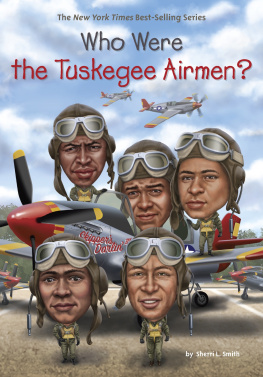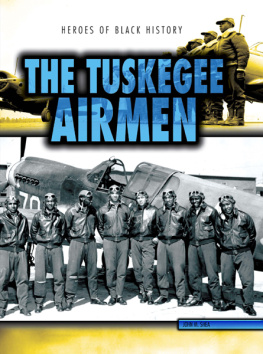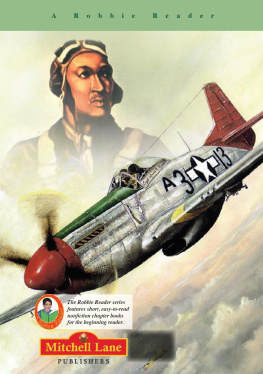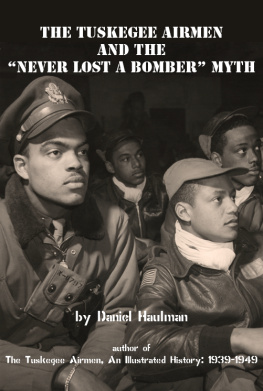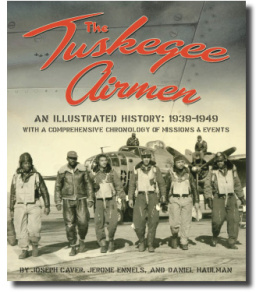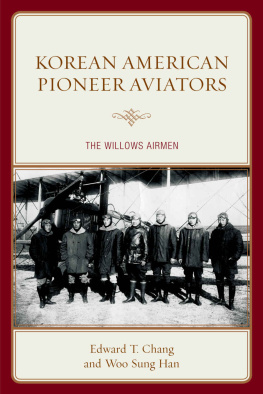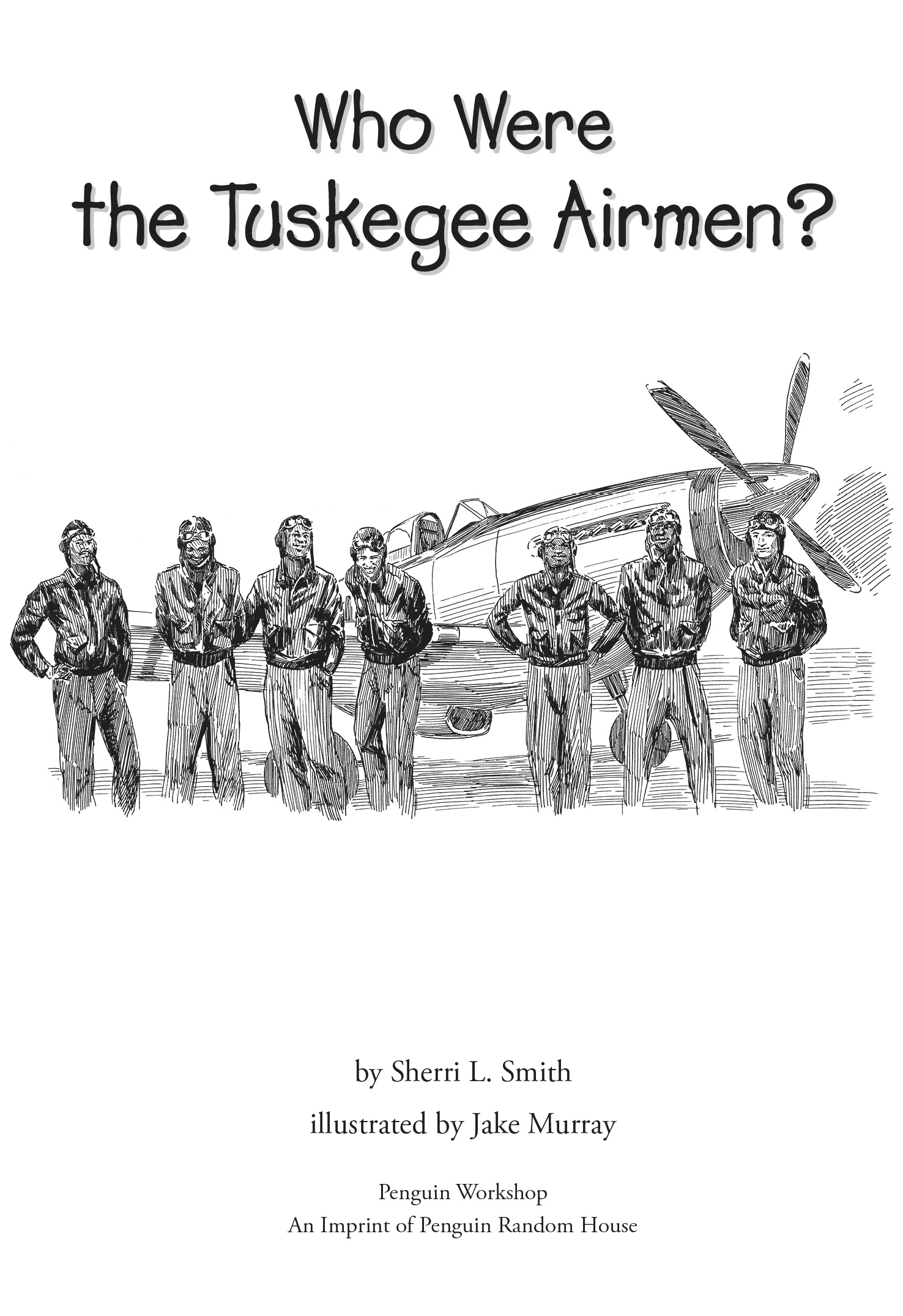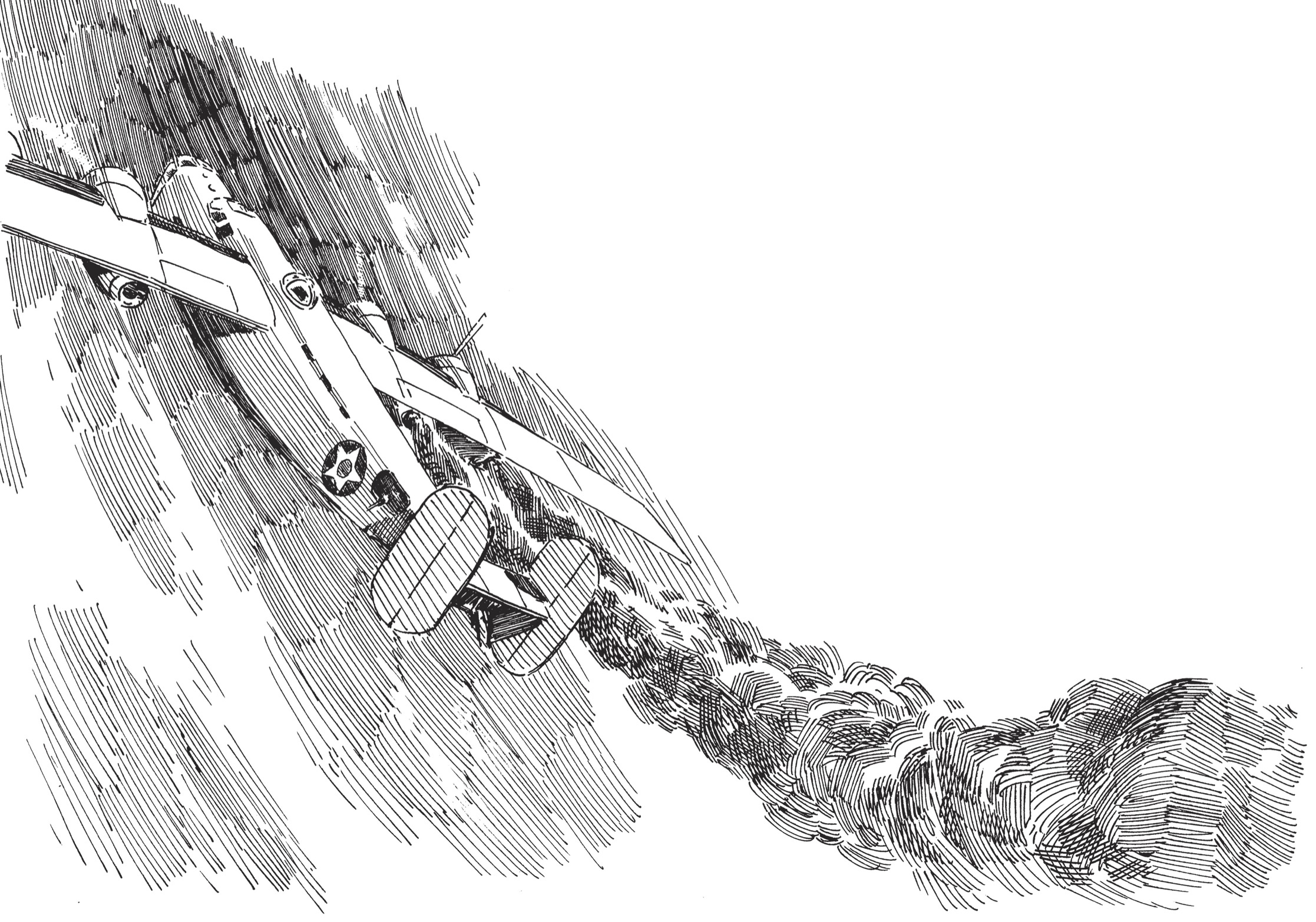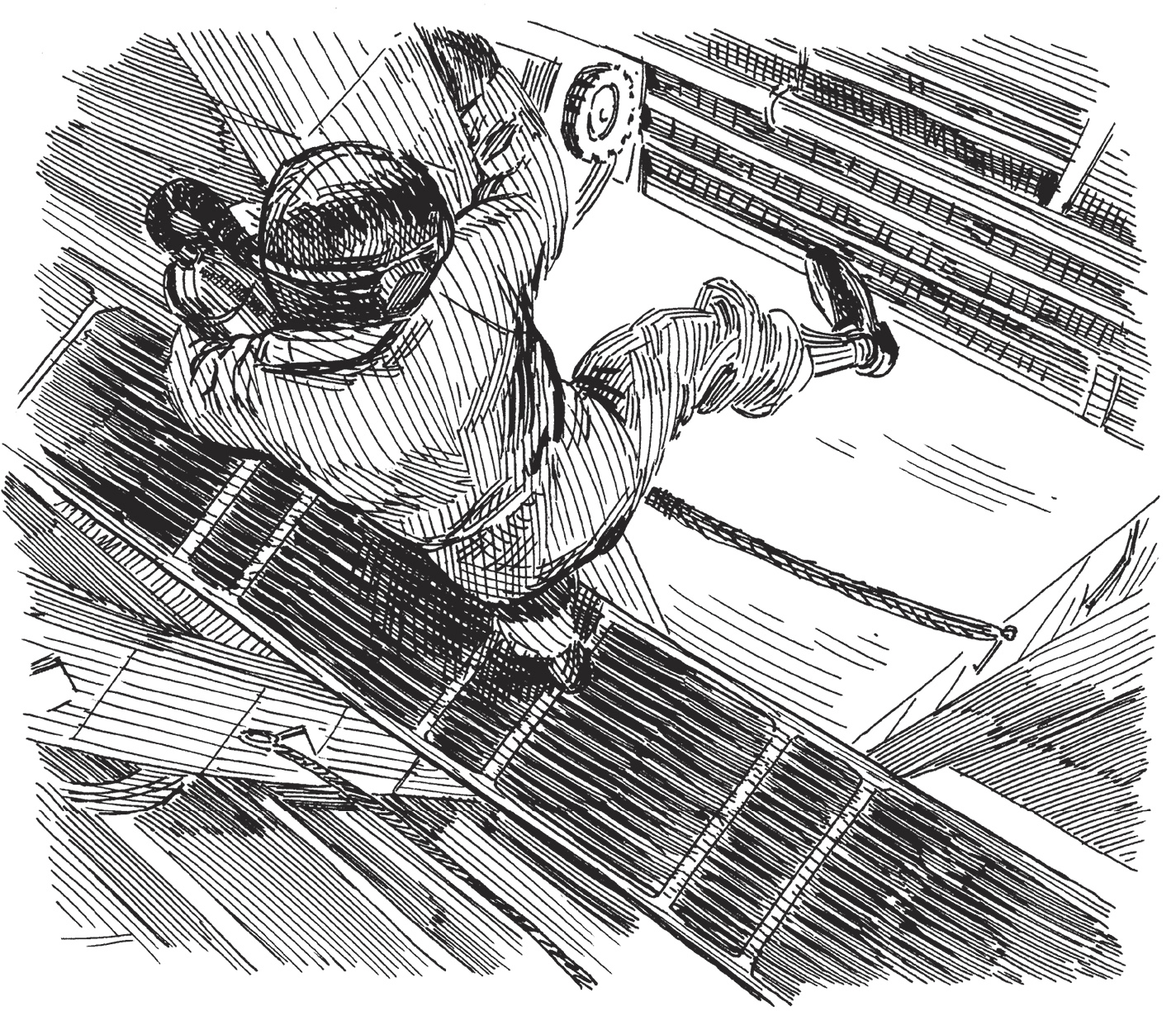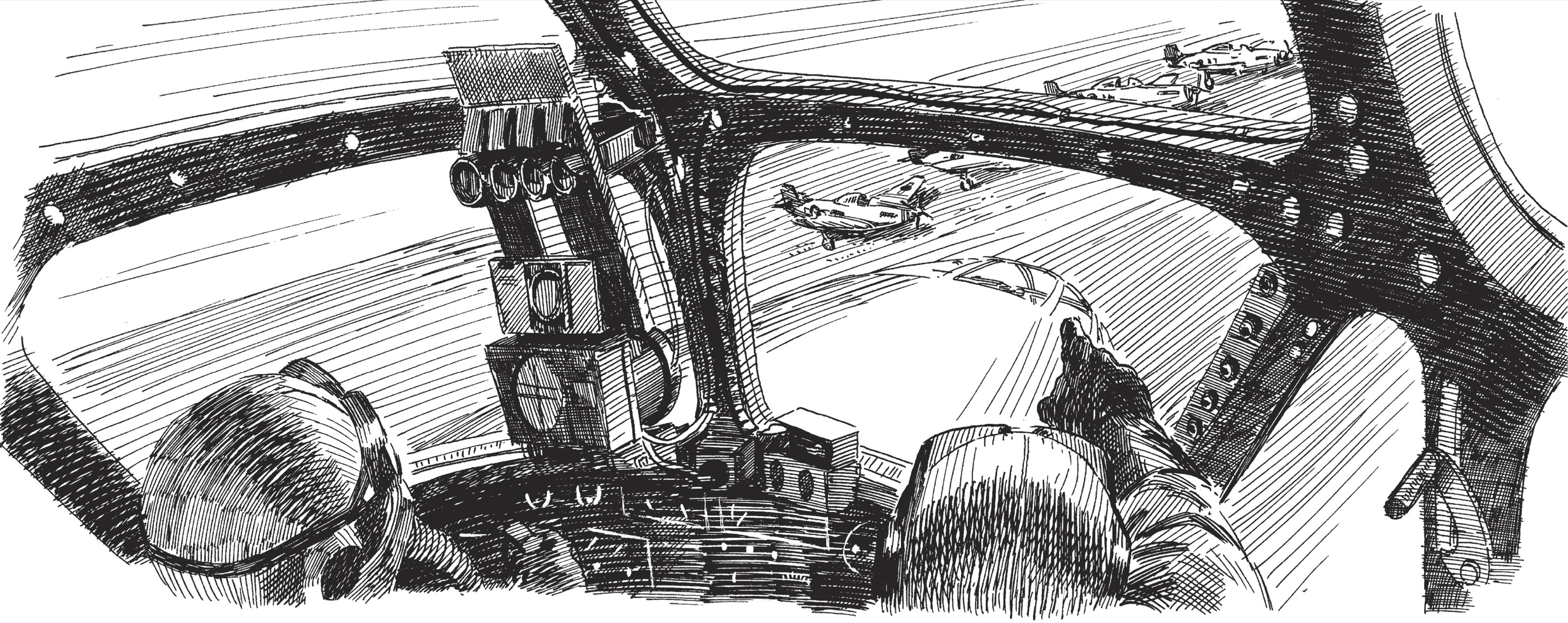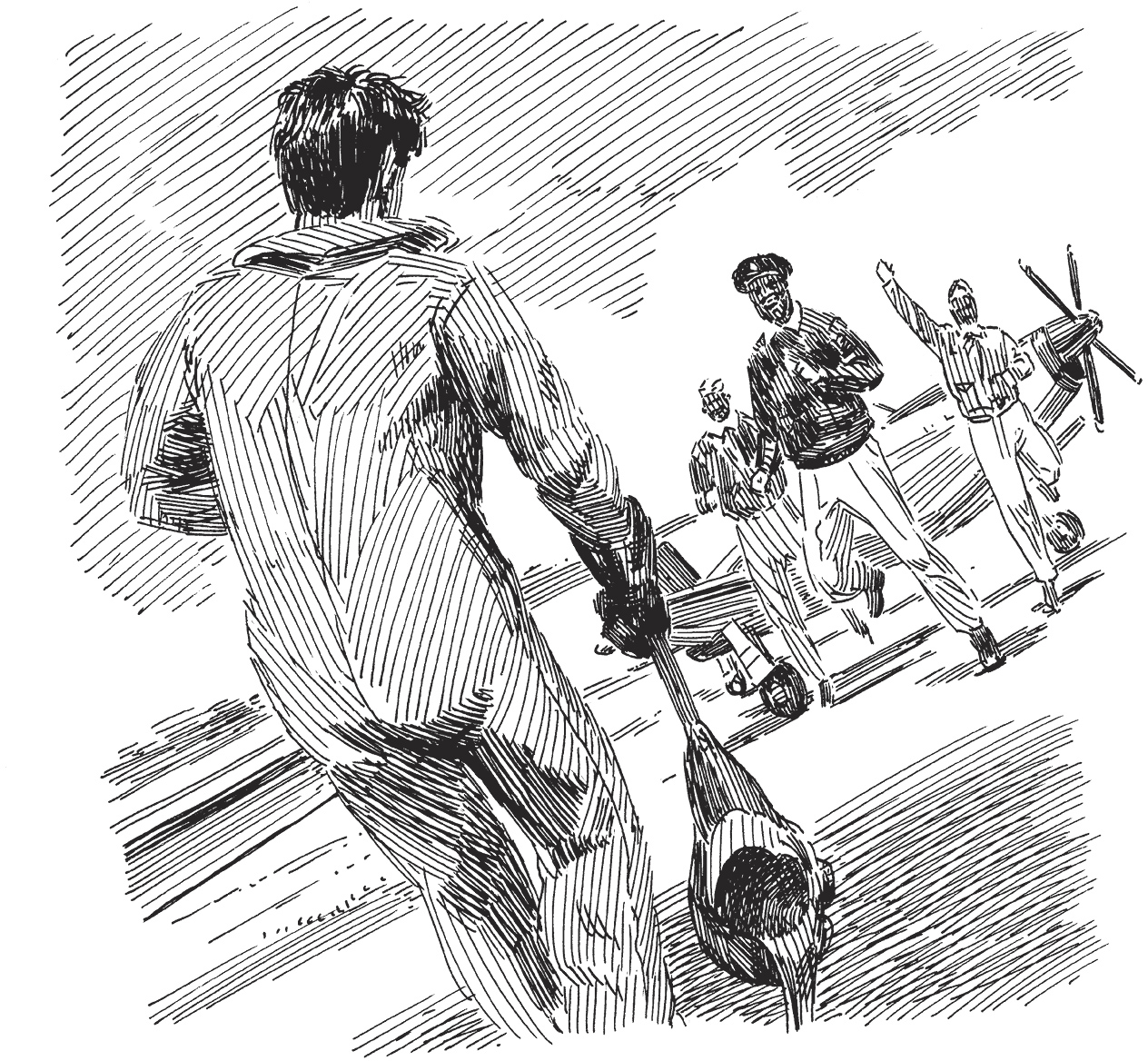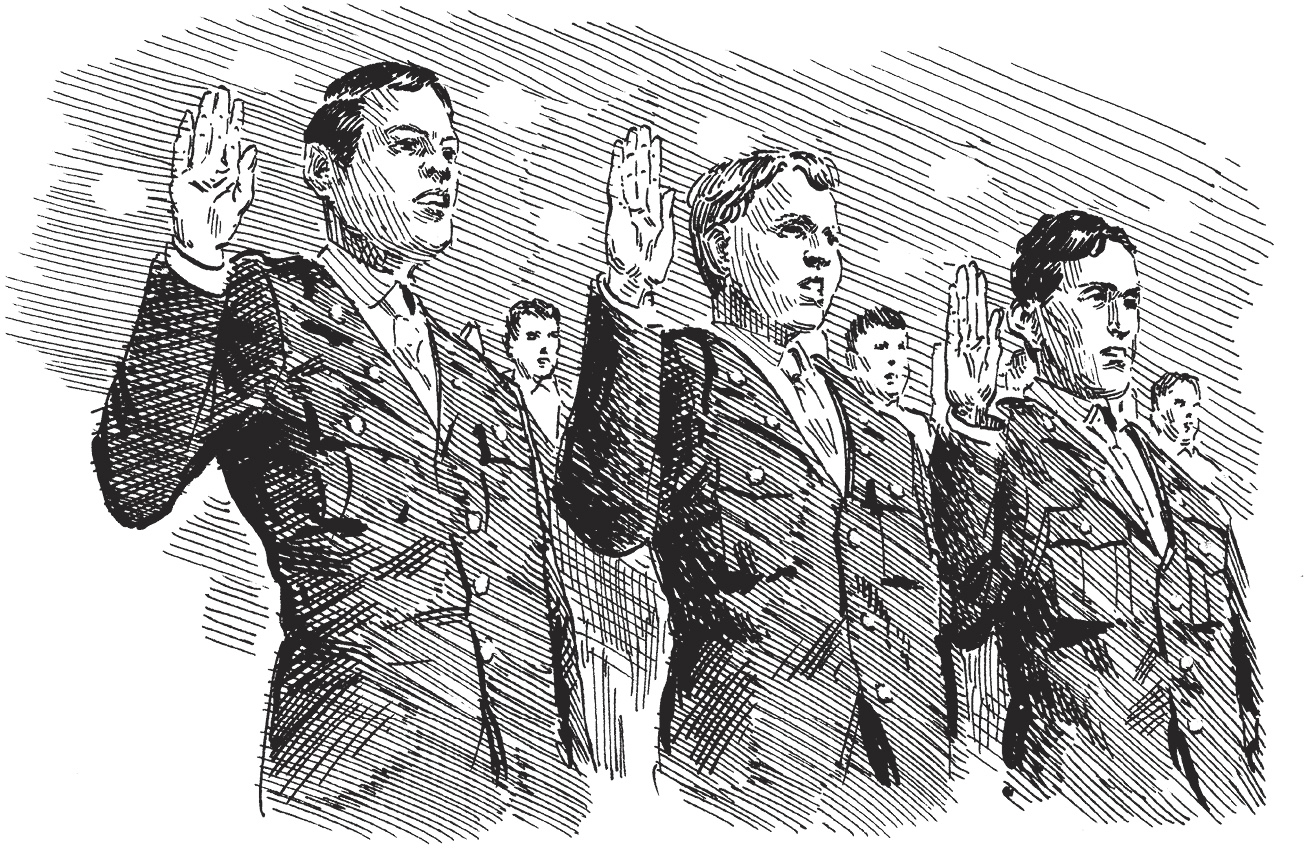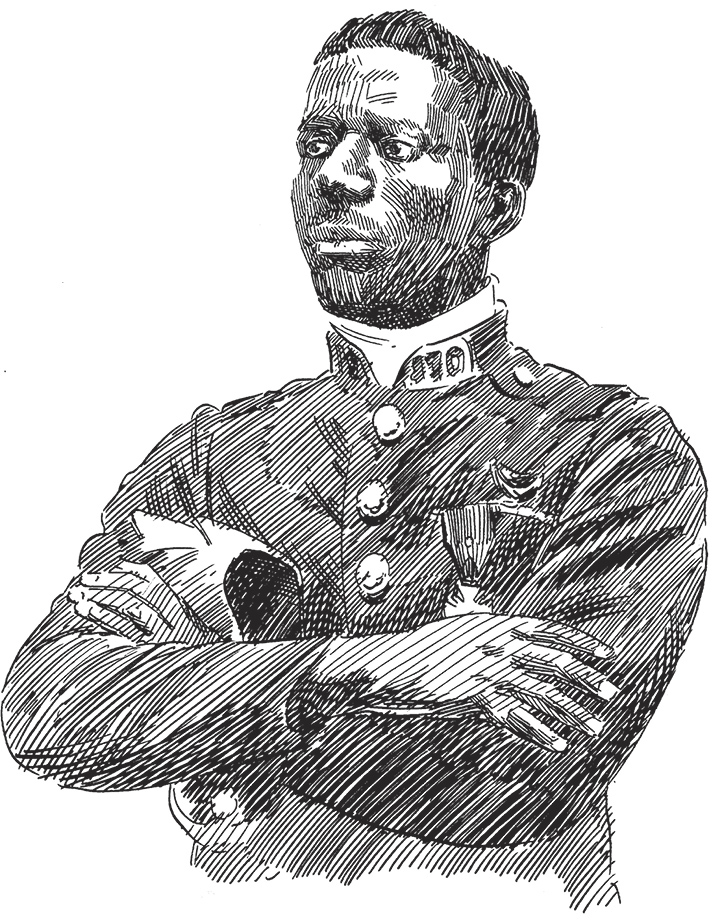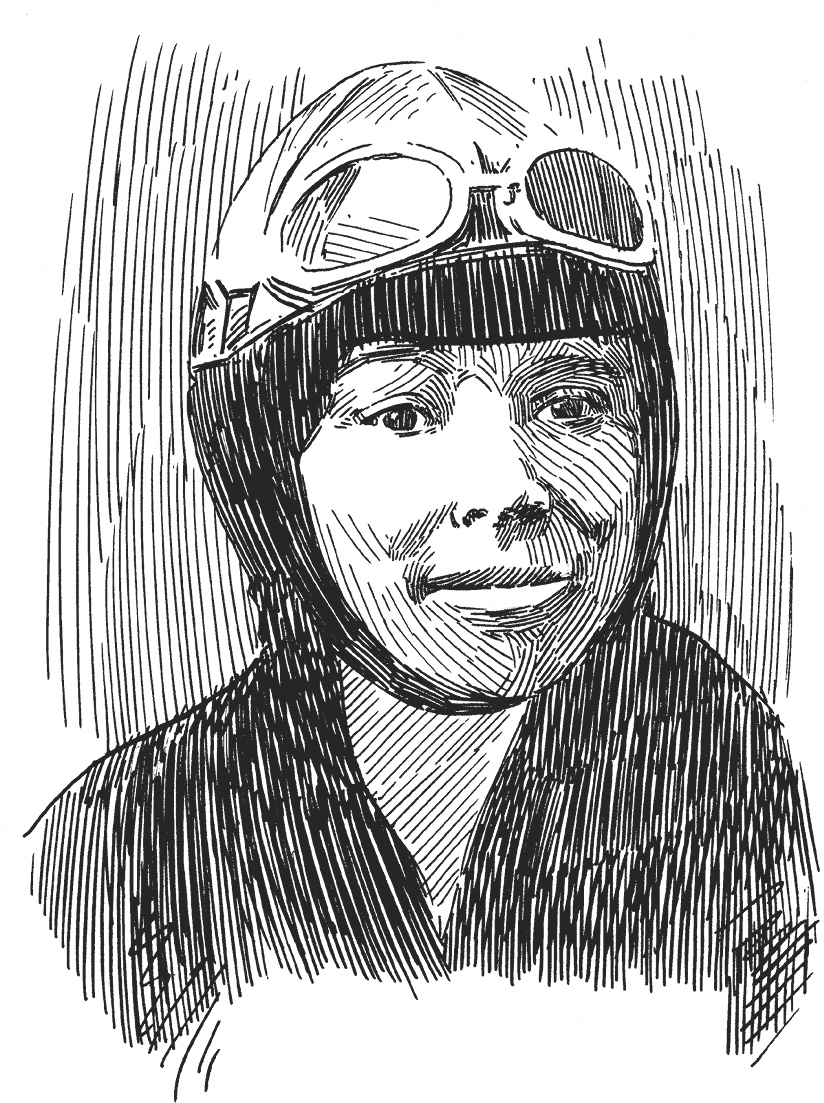In honor of the Tuskegee Airmen on land and in the air, to my brother, Derek, and for every child who dreams of flightSLS
For all those who werent afraid to fly in the face of adversity and injusticeJM
PENGUIN WORKSHOP
Penguin Young Readers Group
An Imprint of Penguin Random House LLC

If you purchased this book without a cover, you should be aware that this book is stolen property. It was reported as unsold and destroyed to the publisher, and neither the author nor the publisher has received any payment for this stripped book.
Penguin supports copyright. Copyright fuels creativity, encourages diverse voices, promotes free speech, and creates a vibrant culture. Thank you for buying an authorized edition of this book and for complying with copyright laws by not reproducing, scanning, or distributing any part of it in any form without permission. You are supporting writers and allowing Penguin to continue to publish books for every reader.
Text copyright 2018 by Sherri L. Smith. Illustrations copyright 2018 by Penguin Random House LLC. All rights reserved. Published by Penguin Workshop, an imprint of Penguin Random House LLC, 345 Hudson Street, New York, New York 10014. PENGUIN and PENGUIN WORKSHOP are trademarks of Penguin Books Ltd. WHO HQ & Design is a registered trademark of Penguin Random House LLC.
Library of Congress Cataloging-in-Publication Data is available.
ISBN 9780399541940 (paperback)
ISBN 9781524786748 (library binding)
ISBN 9780399541957 (ebook)
Version_1
Contents
Who Were the Tuskegee Airmen?
January 20, 1945
The plane was not going to make it back to the airfield in Italy. US Airman Larry Fleischer shivered inside the B-24 bomber as it limped through the skies.
World War II had been raging for more than five years. In late 1941, the United States had joined with England, Canada, and other countries to defeat Nazi Germany and its allies.
B-24s played a major role in winning the war. Fleischers plane, however, had been hit while dropping bombs on a Nazi air base in Austria. Two of the engines were out. The bombing doors in the belly of the plane had jammed open. The wind was roaring in at sixty degrees below zero. Fleischer had already lost a boot trying to unstick the doors. Now, he was afraid he might lose his foot to frostbite. The plane needed to land soon. But where?
Down below, the Italian coast was fast approaching. Fleischer and the rest of the crew scouted for a safe landing area. It was the copilot who found their best hope. He spotted an airfield, but it was one that didnt show up on any of their charts.
We really were expecting it to be a German field because why wouldnt it be on one of our maps? Fleischer recalled. If that were true, the pilot and crew would be taken as prisoners. But there was no other choice.
The pilot carefully brought the plane in for a landing and saw that this was no German base. The runway was lined with American planes! Splashes of crimson paint marked these P-51 Mustangs as Red Tails. These fighter planes were famous for protecting American bombers in enemy skies. The Red Tails had saved Fleischer and his crew on more than one bombing mission. As another crewman put it, They were our lifesavers.
Fleischer and his crew were so relieved! They went out to greet the approaching soldiers, eager to finally meet the Red Tails face-to-face instead of in the air. What they saw was the surprise of their lives.
These are all black guys! Fleischer remembered thinking. It was a complete shock!
Why was it so surprising to see black pilots in 1945? Fleischer was a white guy from New York. His entire crew of ten men was white. The only black people Fleischer had ever seen in the army were cooks and waiters. Until now.
The Red Tails werent just any combat pilots. They were the famous Tuskegee (say: tus-KEE-gee) Airmen. They were the first airplane pilots of color ever in the US military. (Military means the armed forces of a nation.) But to Fleischer and his all-white crew, their existence was more secret than the atom bomb!
By the end of 1939, World War II had broken out in Europe. The United States was not involved in the fighting yet. But the military wanted to be prepared, just in case. So the army had started the Civilian Pilot Training Program (CPTP) at many colleges and universities. (Civilians are people who are not in the armed forces.) The CPTP was created to teach young Americans how to fly planes. If the country joined the war overseas, there would be more pilots ready for battle.
But not everyone could join the CPTP. It was for white people only.
Eugene Bullard
A 1925 military report said that black men were not as smart or as brave as white men. The belief was that black people couldnt learn how to fly airplanes. But that was completely wrong!
Black people had been flying since 1917. An African American pilot named Eugene Bullard joined the French air force and fought against Germany in World War I. He won several medals for his bravery.
Bessie Coleman
In 1920, a southern woman named Bessie Coleman went to France to learn how to fly. She became the first African American female pilot in 1921. Coleman returned to the United States, where she gave lectures and flew in air shows across the country. She wanted to raise enough money to start a flying school for African Americans. Unfortunately, in 1926 she was killed in a tragic airplane accident before that dream was achieved. Three years later, the Bessie Coleman Aero Club was founded in Los Angeles in her honor.
Jim Crow Laws
In the first half of the twentieth century, black people were segregatedkept apartfrom white people in all sorts of ways. Especially in the southern states, black people could not live in the same neighborhoods as white people, eat in the same restaurants, or go to the same schools. There were signs in shop windows that said For Whites Only, and even separate water fountains. The rules were known as Jim Crow laws.

